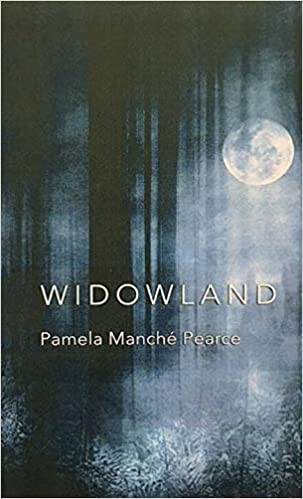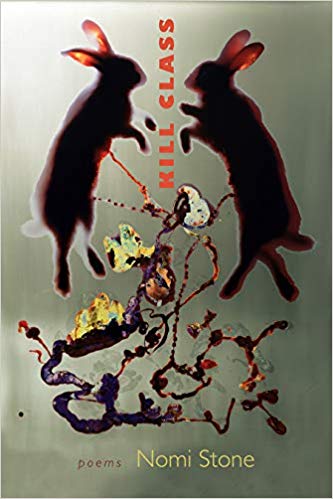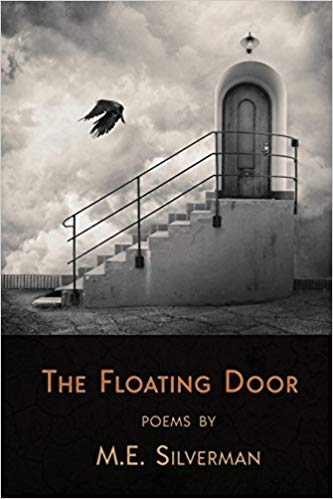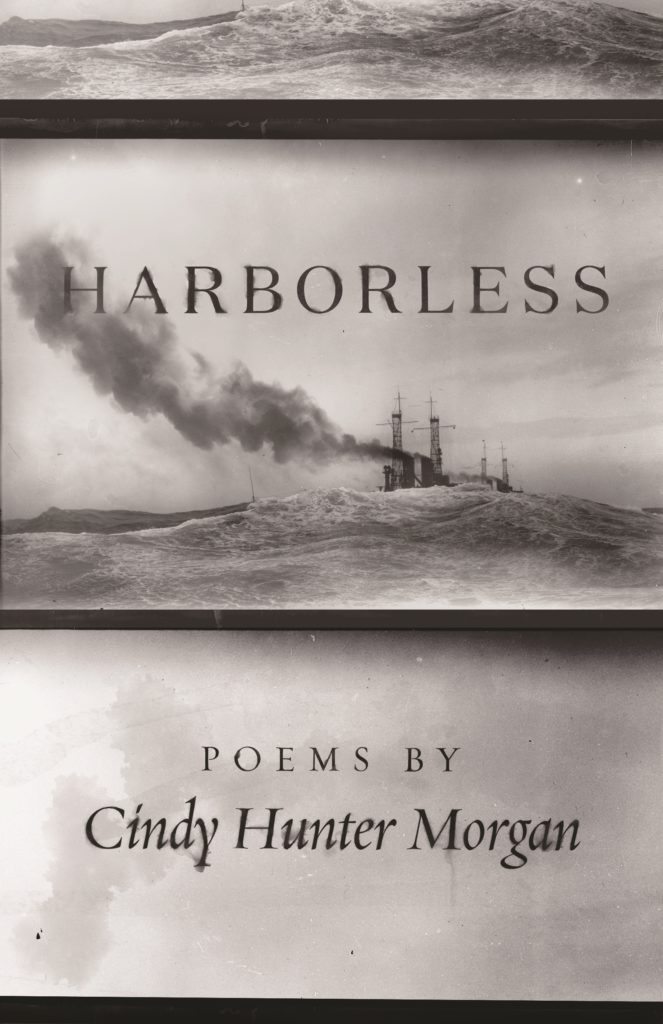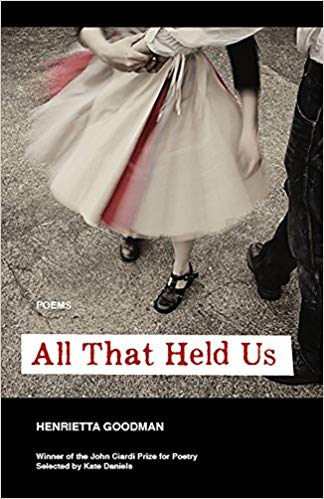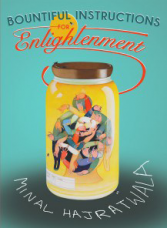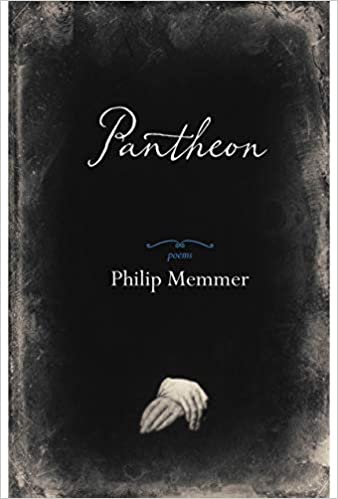
Pantheon by Philip Memmer. Lost Horse Press, 2019. 64 pgs. $18.00.
Pantheon is the perfect title for Philip Memmer’s latest collection, for nearly every poem is titled for a god, though they are gods you’ve likely never considered—“The God of Adequacy,” “The God of Shrugs,” “Your God’s God.” After other books called Lucifer: A Hagiography and The Storehouses of the Snow: Psalms, Parables, and Dreams, this new Memmer title should not surprise us. Like the poems in these earlier collections, though, Memmer’s approach to topics that would seem overtly religious is delightfully unorthodox. As such, they are refreshingly faithful.
Though varying in length, the poems here are structured similarly, arranged into tercets, with the second two lines of each stanza indented. The tone is sometimes wry, bemused, occasionally reassuring. Whether god or human, each speaker is accessible—I know this guy, we might think—and yet each speaker also offers some insight we might have almost but never truly grasped for ourselves.
In “The God of Wisdom,” the god describes “you” climbing the proverbial mountain at whose peak wisdom surely resides. The “you” is confident, maybe even smug about his abilities to both climb and perceive: “You walk, // and—too soon, you’re sure—approach / what looks like/ the summit.” Experienced mountaineers might grin here, for the first summit is seldom actually the true summit. The “you” becomes slightly irritable as each hilltop reveals another to be ascended, until Memmer takes the greatest risk in the poem: “another crest, obscured behind the last, / comes into view. You / climb it, and // another crest, obscured behind the last, / comes into view. You / climb it, and…” Some poets might have enough nerve to repeat this stanza yet another time, but Memmer repeats it a total of nine times, covering an entire page with these lines, his hyperbole (except it’s probably more realistic than hyperbolic) amusing those of us who have the luxury of reading about this trek from the comfort of our lazyboys. The God of Wisdom, who is the speaker of the poem, assures the frustrated climber that the bartender in the pub at the foot of the original hill will indeed serve him, “stained // with so much sweat and mud” as he is. And, ironically, this god is as comfortable as the reader: “I’m here, where I’ve always been: / by myself // in the overstuffed chair by the fire. / Yes: you stink / of effort and failure // and faithfulness. Take your boots off, / if you think you can, / and buy me a drink.” So, the God of Wisdom relaxes continually in a pub, where people congregate, though this god remains alone. Memmer’s skill with lineation is evident here, for despite the constraints of the form he has chosen, he is nevertheless able to defer a sentence’s full meaning through his line breaks, “effort and failure // and faithfulness.” Success isn’t measured by the you’s scaling the ultimate true peak but by his persistence through those nine repeated hopes and disappointments. But the God of Wisdom, rather than rewarding the you with a drink, rewards him with the opportunity to buy this god a drink. Memmer the poet, channeling the voice of this god, remains always one step ahead of the reader.
Another of my favorites from this collection is “The God of Driving Alone in the Middle of the Night.” Memmer’s conceit here permits him to describe the all-too-common experience of dozing off behind the wheel of a car and waking up just in time to avoid a fatal crash but to infuse this description with a new interpretation. The addressee in this poem wakens as he hears the shoulder’s gravel beneath his tires, along with screams of passengers from another car. The driver of the other car is, of course, the God of Driving Alone…. Yet, this god’s point is not that he saved the you, who, unlike the addressee in “The God of Wisdom,” hadn’t set out in search of a transcendent experience, but that this late-night meeting doesn’t necessarily signify much of anything. This god says, “those were my high beams // splitting the road down the middle… / that was my horn, four screams / still echoing // with your own. The devil-red glow / you pant in / is from my taillights—I’m gone // and I’m not slowing down. Don’t follow. / Someone else / will have to bless you now.” Those final three lines are stunning. They are provocative—what god has ever forbidden followers? They might even seem cruel. But then I, as reader, wonder, could this last line also be read as assurance, that someone else will always arrive just in time to offer a blessing? Maybe not every time but enough of the time.
Every poem in Pantheon engaged me. Every one called me to reread it, attending to its craft, its technique, as well as its content. Memmer is a highly proficient poet who has demonstrated mastery of craft in his previous collections also, so although I admire his skill in these poems, I was not surprised by it. What did surprise me is how much I enjoyed each of the 29 poems individually, for how many collections can be, from beginning to end, that satisfying?

